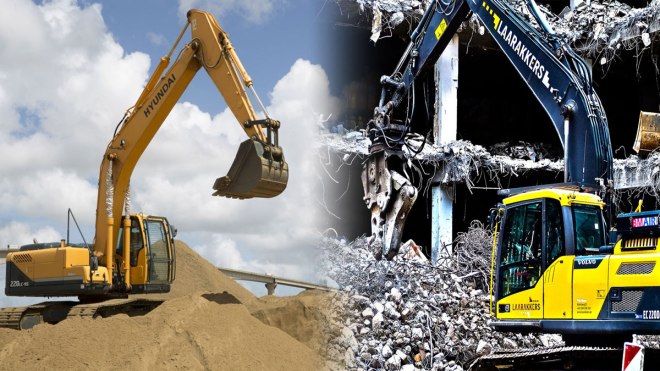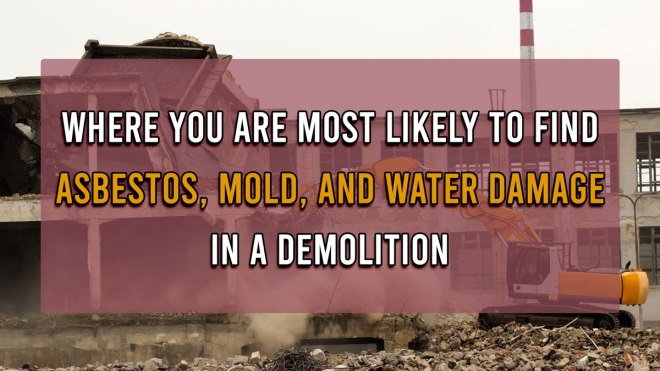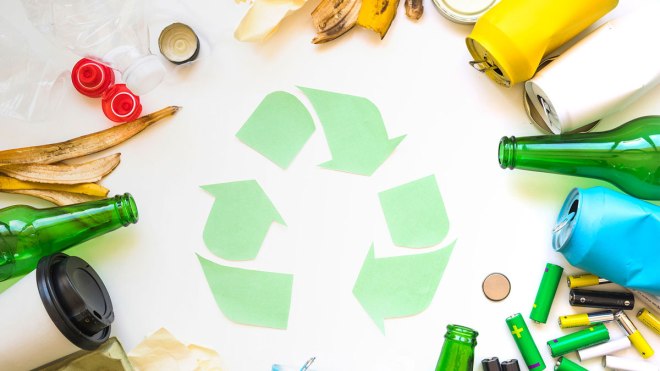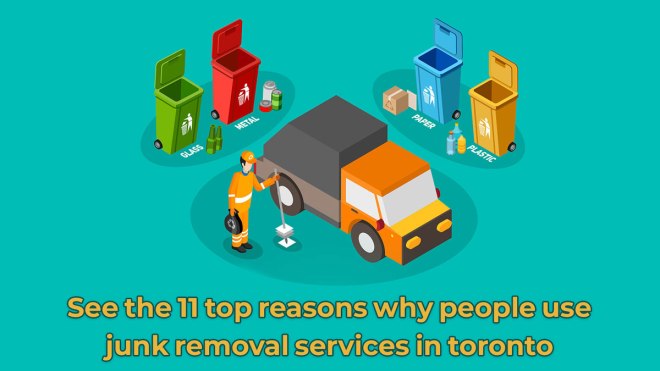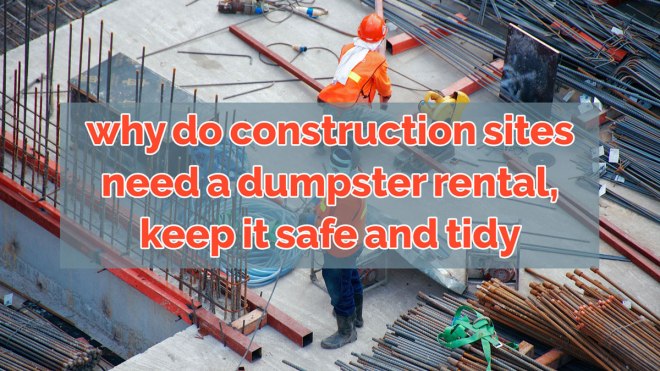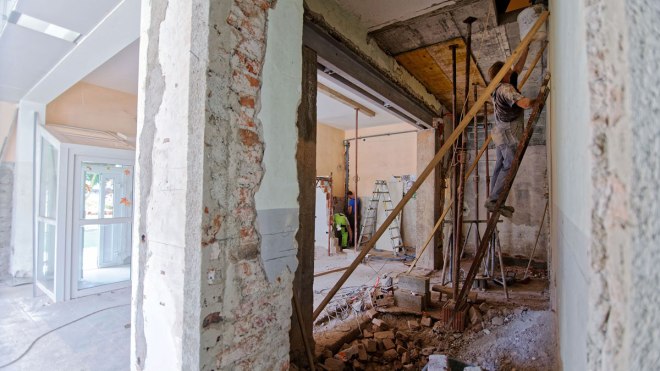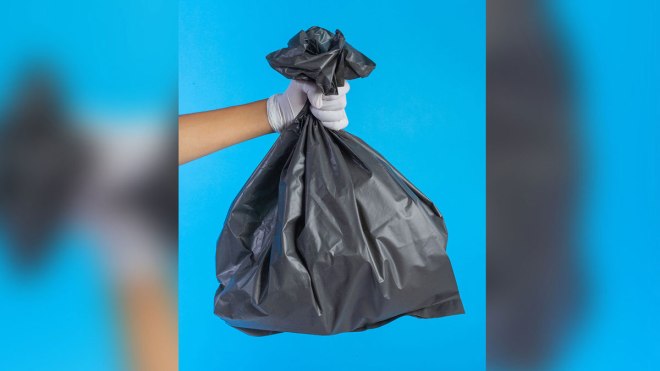A massive category of waste management and waste disposal services in Toronto are construction-produced materials. Seemingly every day, we send more building waste to landfills. When the majority of this material is reusable or recyclable, it’s shocking how much receive the landfill treatment.
As we erect 100s of new units, condo buildings, apartments, and homes, construction creates waste. There is no avoiding it. A lot of this comes from demolition which on average produces over 155 pounds of waste per square foot. This adds up very quickly. When construction waste isn’t managed properly, it contributes to three effects.
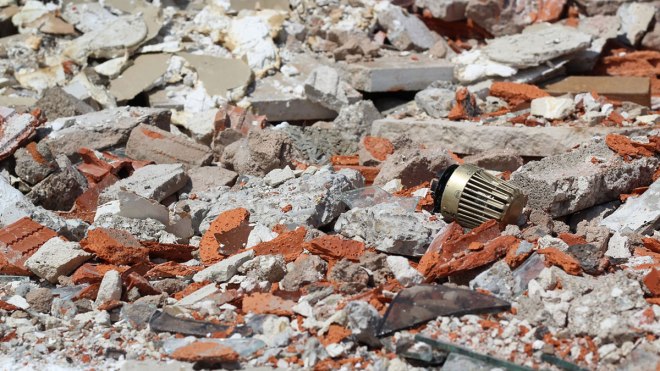
The overflowing of Ontario landfills.
Deteriorating ecosystems.
A loss of valuable reusable or recyclable materials.
What is construction waste?
Construction waste is defined as things like asphalt, concrete, gravel, bricks, ceramics, wood, plumbing, insulation, glass, metal, and electrical fixtures. According to an estimate by Construction Specifications Canada, construction waste makes up 23 percent of Canada’s overall waste stream.
What is the environmental impact of construction waste in our landfills?
It is easy for a construction company to dump unused or unwanted materials into a landfill. Sometimes, dumpster rentals or bin rentals for construction are provided by unethical companies without a commitment to the environment. All they care about is collecting waste, dropping it at the landfill, and getting paid. What this approach to construction waste does is have a very sizeable negative impact.
Landfills emit methane and other chemical fumes polluting the air around us. Paints, varnishes, and other hazardous chemicals that enter our landfills through construction waste cause an added effect of some of this very harmful waste seeping into the Earth. Any sort seepage like this can pollute our groundwater, destroy ecosystems and waterways, and contaminate limited freshwater supplies. This is why construction waste needs to be very carefully handled. The alternative is a level of pollution which while entirely unnecessary can also really wreck the environment around us.
How do we solve the construction waste problem in Toronto?
We can solve the construction waste problem in Toronto with a dual-pronged approach – reducing non-recyclable waste and reusing our recyclables.
Construction and demolition can’t happen without the material involved. Ensuring those are recyclable materials should be priority. Construction project managers should also ensure what they’re ordering isn’t producing leftovers that need to be tossed. Over-ordering is sadly very common. Workers should also be properly trained in recognizing salvageable or recyclable materials.
As it relates to demolition waste materials, we recommend using a deconstruction approach which involves removing materials more strategically. This minimizes the spread of potentially hazardous dust and also ensures no items or materials that are reusable end up destroyed to such a degree that they are no longer.
What does a deconstruction do for a construction waste management protocol?
A deconstruction is such a great approach to demolition and construction because not everything is necessarily waste or recycling. Some things can be salvaged and reused like they already are. Aluminum gutters, wooden beams, and copper wiring are all in high demand, as examples of what a deconstruction can procure.
Materials like these that are picked up from demolition can be sold for profit, donated, or potentially repurposed on newly constructed homes. This sort of salvaging will save the extraction of non-renewables like copper, aluminum, and steel. You’re also saving the many systems surrounding soil, water, and that gets disturbed every time we mine.
What construction materials are recyclable?
Concrete, wood, metals, and asphalt are all recyclable construction materials. The concrete industry can create new concrete from these recyclables, just like the glass recycling industry can do the same with recycled glass materials.
There’s so much more that can be recycled on a construction site as well, like light fixtures, hardware, and appliances. If possible, connect with a local charity organization. If you live in Toronto, several organizations are willing to accept furniture, appliances, light fixtures, hardware, electronics, and more from construction and demolition. It doesn’t hurt to have a relationship with a party like this. Offloading the materials you don’t want to recycle or self-manage takes some of the strain off you.
If you rent a dumpster for a construction or demolition – and let’s face it, you should! – ensure dumpsters are properly labeled as either ‘waste’ or ‘recycling’. When a worker puts waste into recycling, it could potentially contaminate what’s in there. You want to keep the bins separate and marked, ensuring recyclable materials can be recycled without issue.
What do the laws in Ontario say about construction waste?
Ontario has several regulations guiding construction, demolition, and waste disposal in development. The two main regulations are as follows.
A requirement to provide work plans and audits.
Construction firms must engage in source separation programs for materials including, but not limited to, brick, drywall, steel, wood, and Portland cement.
The current Ontario Conservative government is discussing several possibilities relating to maximizing construction waste recycling. The potential regulations to come include the following.
An obligation to engage in landfill diversion efforts on every construction project.
Waste-to-energy programs that allow construction firms to divert landfill waste by converting non-recyclable waste into energy.
An Extended Producer Responsibility (ERP) obligation that assigns a firm responsibility to recycle to the construction company. Ontario ERP regulations already apply to tires, batteries, electronics, lighting, appliances, and paint and solvents. If allowed on constructions, this would mean materials such as flooring, carpets, furniture, tiles, lighting, electronics, and appliances would have to be recycled.
What’s somewhat problematic is that Ontario has a commitment to go waste-free by an unspecified date outlined in the Waste-Free Ontario Act, 2016. Despite the well-intentioned legislation, construction waste is not included in this commitment. The current provincial government hopes to inspire the private sector to find the solutions needed to reduce waste in contraction without imposing definitive restrictions that need to be met.
Are you looking for waste disposal for your construction waste? Core Mini Bins is a waste management firm with a commitment to landfill diversion and the reusability and recycling of construction materials. We offer dumpster and bin rentals, demolition, excavation, bobcat services, and more. Let us assist you on your next construction project to control your waste, recycling, and deconstruction. Contact a representative at Core Mini Bins today.
